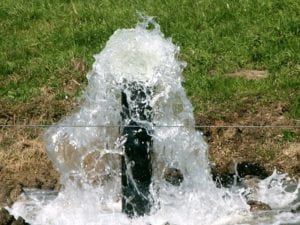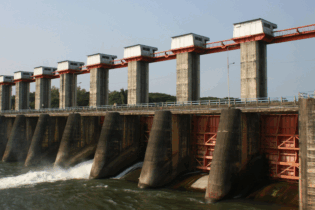While the annually utilizable groundwater resources in South Africa are in the same order of magnitude as the surface water sources – 7 000 to 10 000 million m³/a – at this point only 20% of this volume is used. “This figure presents a large unused resource base that can be used in the growth and development of the citizens of this country,” said Minister of Water Affairs, Edna Molewa, in her opening address at the 13th Biennial Groundwater Conference 2013, held at the Elangeni Hotel in KwaZulu-Natal from 17 to 19 September 2013.
According to Molewa, more than 420 towns in South Africa are totally or largely dependent on groundwater with many areas in the country using groundwater solely for irrigation. The Conference is jointly hosted by the Water Research Commission (WRC) and the Department of Water Affairs (DWA) and was attended by approximately 300 delegates from South Africa and abroad. Among the issues addresses was “the recent understanding of Karoo Aquifers and the Deeper Underlying Formations”, as well as “Hydraulic Fracturing of Coal Bed Methane in the Springbok Flats.”Speaking at the opening of the Conference, the Minister said there were a number of benefits to the utilisation of groundwater. These included that groundwater resources are fairly cheap and fast to develop, are available virtually on one’s doorstep (although not always in the quantities desired) and most of the groundwater in the country is of a potable quality. “With our country’s thirsty population of about 52 million, groundwater can reduce the strain of high water demand from surface water resources, either as a sole supply source or by way of augmenting the already out-stripped surface resources. This will also promote the conjunctive use of both these resources efficiently,” said Molewa.
This however, could only be achieved if the threats to this valuable resource had been addressed – such as the threat of pollution from acid mine drainage and the lack of groundwater management and institutional capacity to utilise this resource, concluded the Minister.







